B-2 strikes in Yemen were a 30,000-pound warning to Iran
- By Alex Hollings
Share This Article
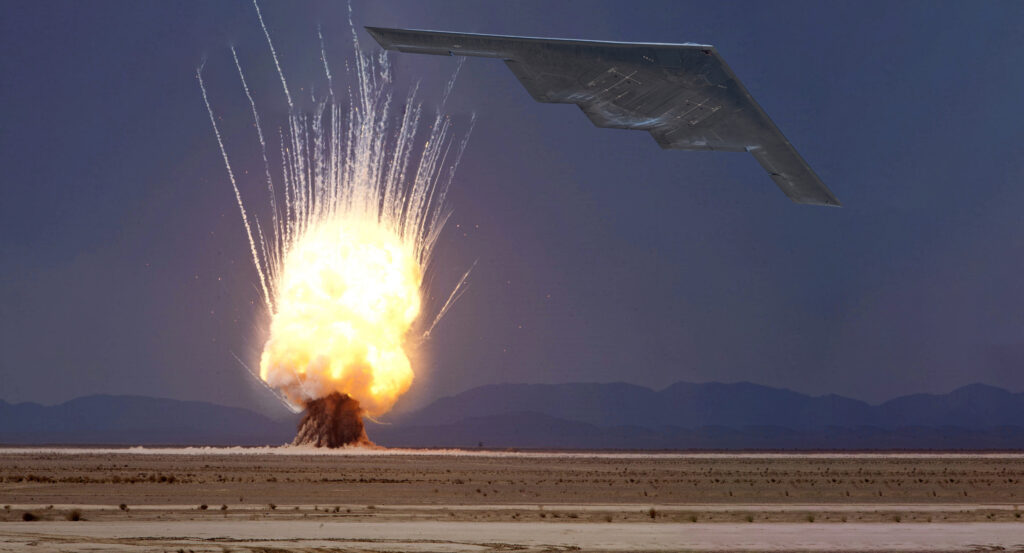
Last week, an undisclosed number of U.S. Air Force B-2 Spirit stealth bombers engaged hardened underground weapons facilities in Yemen. According to the Defense Department, the B-2s were part of a broader operation aimed at destroying weapons Houthi rebels have been using to indiscriminately attack civilian and military vessels traversing the international waters of the Red Sea and Gulf of Aden in recent months.
These strikes come amid heightened tensions in the region, as Israel’s ongoing and controversial military operations against the terrorist group known as Hamas, operating within Israeli-occupied Gaza, has boiled over into a widespread offensive that some have come to characterize as a genocide against the Palestinian people. That offensive, spurred by a Hamas-led terrorist attack on Israeli civilians just over a year ago, has since given Iran-backed extremist organizations throughout the region impetus to launch attacks on Israeli, American, and allied forces under the guise of support for the increasingly desperate Palestinian population.
The Houthis, like Hamas and Hezbollah are backed, trained, and funded by Tehran which uses them to advance its foreign policy aims while maintaining a degree of plausible deniability, in a somewhat similar methodology to Russia’s own infamous PMC Wagner.
The Defense Department has released very few details regarding the B-2’s actual role in these airstrikes: we don’t know the number of aircraft involved, the air bases they operated out of, or the types of munitions they used. Initially, there was some discussion that the stealth bombers may have been carrying the massive and unique 30,000-pound GBU-57 Massive Ordnance Penetrator (MOP), a bunker-busting bomb that can only be carried by the B-2. However, subsequent reports suggest this was unlikely, and instead, they likely deployed smaller 5,000-pound bunker busters like the GBU-72/B.
Houthi forces are not without air defense capabilities, including a variety of legacy Soviet-era systems like the SA-2, SA-3, S-6, and SA-9 surface-to-air missile systems – the SA-3, notably being the system that took down an American F-117 Nighthawk, the world’s first operational stealth aircraft, over Yugoslavia in 1999. But realistically speaking, with proper mission planning, none of these systems, nor any of the Iranian-sourced hardware the Houthis have bolstered their air defenses with in recent years, like the Sayyad-2C SAM, could hold the B-2 Spirit at risk.
As such, the decision to use B-2s for these air strikes can likely be attributed to a combination of minimizing risk to American troops and, more notably, sending a very distinct message – not to the Houthis – but to their financial benefactors in Iran.
Sending Iran a very specific message
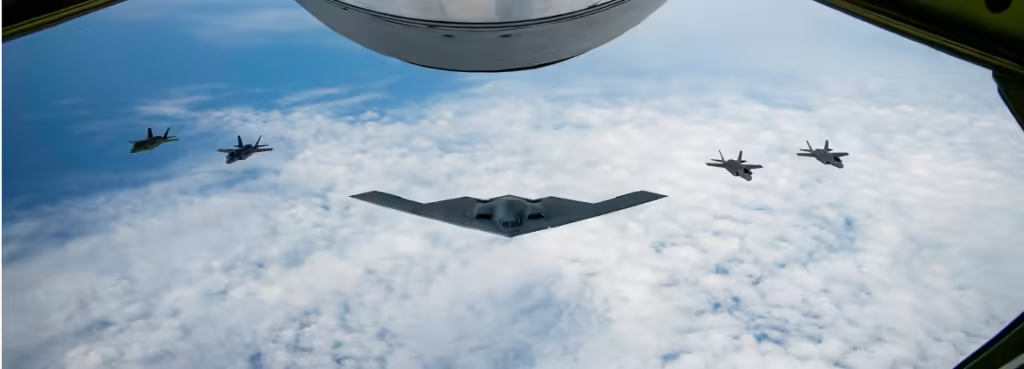
Most likely among the primary objectives of this air operation was providing Iran with a stark reminder of America’s ability to hold even heavily fortified underground bunkers at risk. Iran has moved large facets of its nuclear weapons research, along with weapon storage facilities, command and control, and even entire air bases underground in recent decades to shield them from Israeli or American attacks.
Perhaps among the most important of these subterranean structures are the nuclear enrichment facilities at Natanz, some 180 miles (300 km) south of Tehran. In 2009, the U.S. revealed previously classified intelligence showing Iranian forces burrowing deep into the Zagros Mountains near the facility as part of Iran’s ongoing effort to move nuclear centrifuges deeper underground than American bunker-busting munitions can reach.
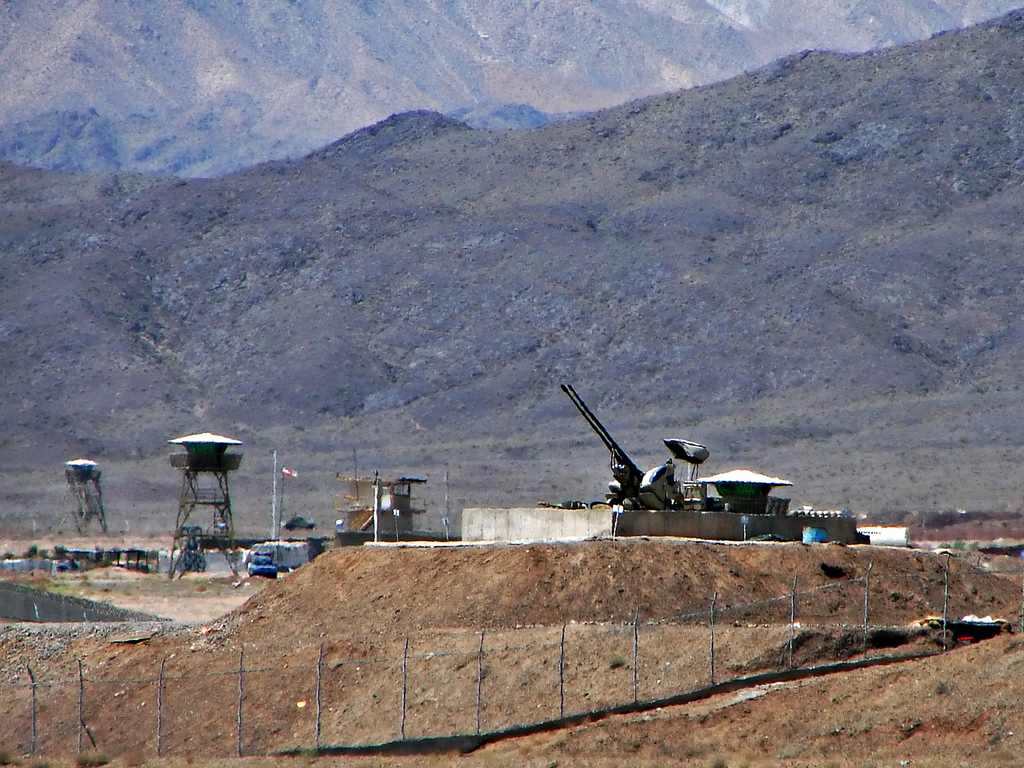
Iran is betting that by stuffing its most vital command elements, military assets, and nuclear research programs hundreds of feet below ground, they’ll be safe from American airstrikes – a notion the B-2 Spirits deployed last week all but certainly aimed to dispel.
Because, while the 5,000-pound GBU-28/B bunker busters likely employed in last week’s strikes are reportedly potent enough to reach targets buried beneath upwards of 150 feet of earth or at least 15 feet of reinforced concrete, the 30,000-pound GBU-57A/B is said to be capable of burrowing through well more than 200 feet of earth and more than 25 feet of solid, reinforced concrete. In fact, there are no publicly available official figures for just how deep the MOP can reach, but most assessments suggest it’s likely much deeper than even these figures suggest.
There aren’t many places one can hide, even underground, where the MOP, or Massive Ordnance Penetrator, can’t reach you…
Related: Video: Could the B-21 Raider absorb the air superiority mission?
The GBU-57 Massive Ordnance Penetrator: America’s secretive bunker buster

The GBU-57 Massive Ordnance Penetrator (MOP) is a massive GPS-guided weapon that consists of a BLU-127 warhead case and a KMU-612 tail kit that houses GPS navigation hardware. The tail has four active lattice fins that deploy when the weapon is dropped and are powered by separate actuators to guide the bomb into its target coordinates with a high degree of precision.
The original weapon’s designation was GBU-57A/B, followed by the GBU-57B, GBU-57C/B, GBU-57D/B, GBU-57E/B and GBU-57F/B. However, what changes each of these new designations reflects remains largely hidden behind the classified veil.

At only around 20.5 feet long and with a diameter of roughly 31 and a half inches, the GBU-57 MOP is only a little bigger than a Tomahawk Cruise missile, but weighs nearly 10 times as much at roughly 27,125 pounds – more than 5,300 pounds of this is explosives, made up of around 4,590 pounds of AFX-757 and another 752 pounds of PBXN-114. AFX-757, the primary explosive found in the MOP, is a propellent-like plastic explosive compound developed specifically to maximize blast energy output for bunker-busting applications
The warhead itself only represents about 20 percent of MOP’s total weight. With no means of onboard propulsion or fuel storage needs, the immensely dense and hardened fuselage of the weapon itself, designed to bore directly through even the most secure underground structures, weighs in at north of 20,000 pounds. The fuselage’s super-strong steel casings are 3.05 inches thick and were built by Superior Forge & Steel Corp and Ellwood National Forge to the tune of some $90 million (for the initial tooling and production batch).
Testing of the GBU-57 began at New Mexico’s White Sands Missile Range in March 2007, and by October 2009, the Pentagon issued an urgent request to Congress to re-allocate funds to rapidly source four of these weapons through concurrent production – meaning that those first MOPs were built while testing was still underway – and to integrate them into the B-2 Spirit.
Related: Why a principal designer of the B-2 stealth bomber is in a supermax prison
The MOP’s secret upgrades
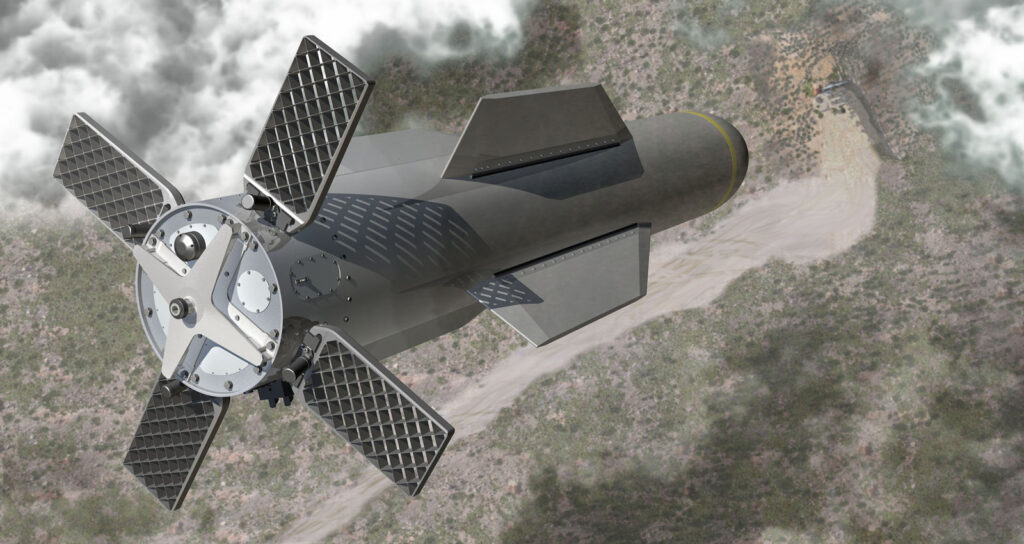
How many MOPs or of what variant the United States maintains at any given time remains shrouded in mystery. According to Air Force procurement documentation, eight weapons were purchased in fiscal year 2009, and by September 2011, it was reported that Boeing (the weapon’s prime contractor) had delivered 20 complete MOPs in total. It remains unclear how many additional weapons have been procured since, though there have been several production runs.
We do know, however, that in 2012, the same year the United States revealed Iran’s deep subterranean nuclear enrichment facility near Natanz may reach as deep as 300 feet below the surface, the Pentagon allocated an additional $82 million (roughly $114 million today) to improve the bomb’s penetration capabilities. In January of the following year, the Pentagon announced that this effort was a success, but disclosed no further details. It is, however, worth noting that the weapon’s generally accepted 200-foot penetration depth is based on claims the Air Force made five years before this upgrade.
The most recent MOP upgrades came at around the same time as additional procurements were announced in 2018. What, exactly, most of this slew of upgrades entailed remains classified, though we know they were collectively called Enhanced Threat Response-IV (ETR-IV) weapon modifications, and one of the improvements was a new fuze system.
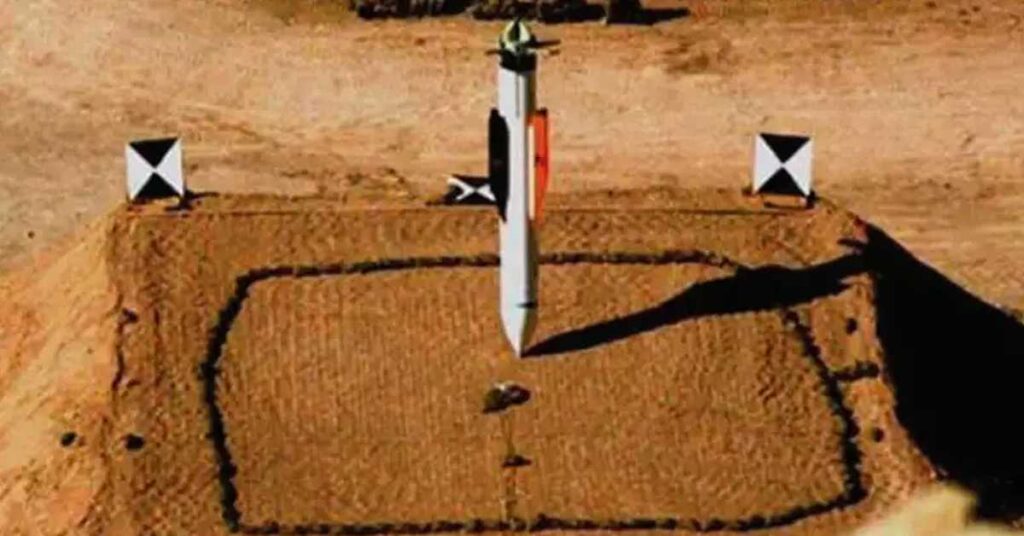
Designing a fuse that can withstand being dropped from high altitude and then penetrate through hundreds of feet of earth is a significant challenge. An improved fuse could make the weapon more safe and reliable and even allow it to penetrate further without detonating prematurely.
According to The Warzone, the inert version of the BLU-127C/B, the bomb portion of the MOP, actually houses something known as a “booster,” though they couldn’t be certain whether this “booster” is a form of added propulsion (like a rocket booster) or is a term used to describe some other type of penetration aid, like a small explosive charge that enables the detonation of the main charge.
We also know that three MOPs were expended over the White Sands Missile Range in New Mexico for testing in 2018, with three B-2s each dropping a single weapon on known targets. The Pentagon released no details regarding these tests, except that they were all successful. According to Army Lieutenant Colonel Michelle Baldanza, a spokesperson for the Pentagon’s testing office, they “demonstrated the weapon’s effectiveness.”
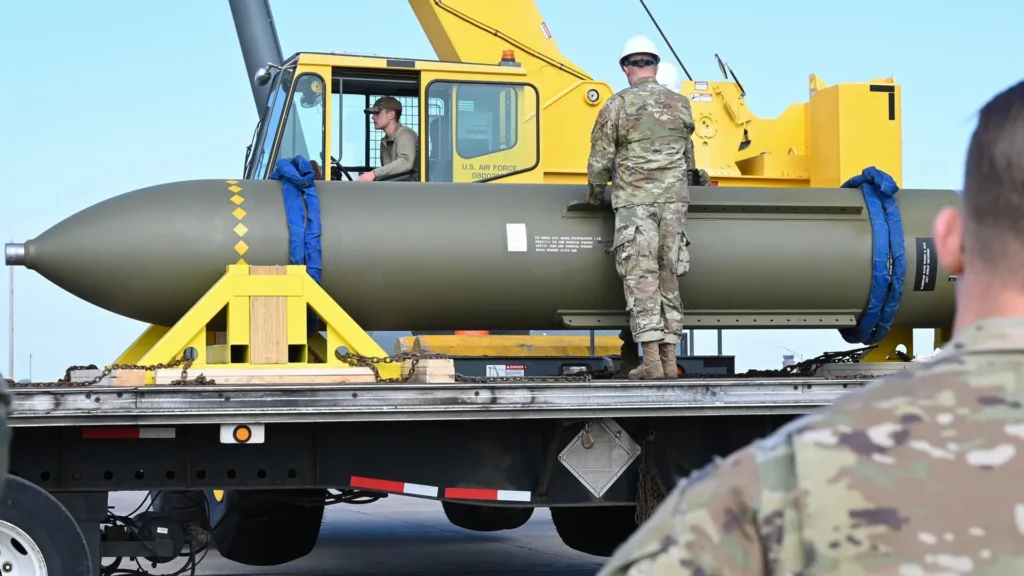
Notably, the United States has demonstrated the ability to drop multiple bunker busters on the exact same location using the same GPS guidance systems found throughout the MOP line of weapons. This allows American aircraft to strike targets even deeper than their bunker busters will allow individually, by hitting the crater created by the first weapon with a second, and then a third, and so on in rapid succession.
The B-2 Spirit can carry a whopping 16 2,000-pound GBU-31 bunker busters that can be used in this manner, but a single B-2 could also carry two 30,000-pound MOPs to engage multiple targets or one very deep one. With multiple B-2s involved, as we saw with last week’s operation, you could feasibly hit the same target with several MOPs to ensure the complete destruction of targets even at extreme depths.
Related: China was spotted using mock-ups of American stealth fighters to train its pilots
How could the MOP be used against Iran?
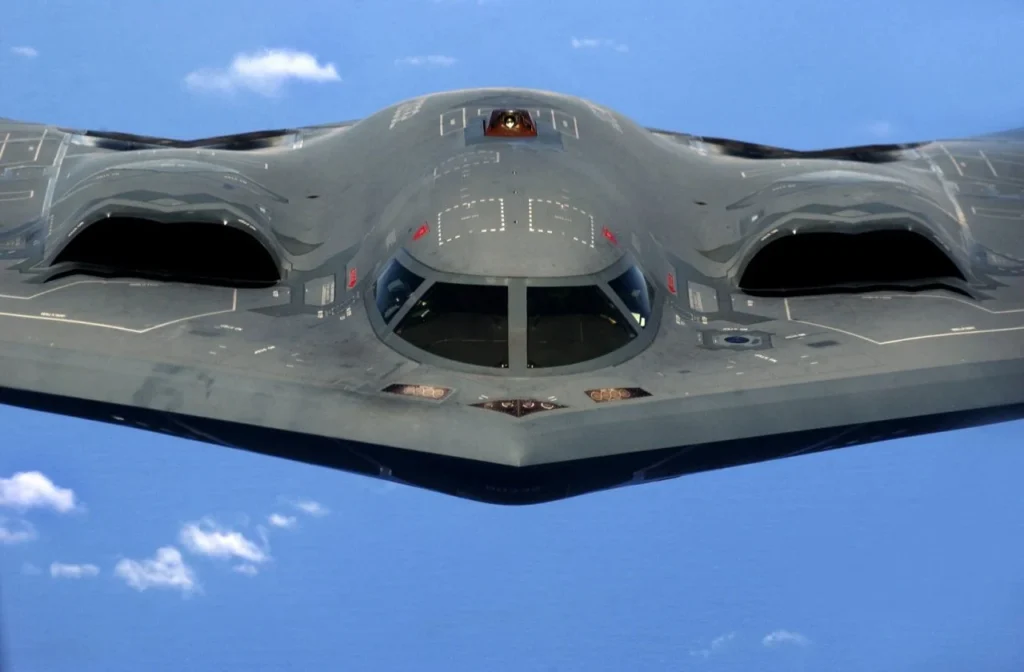
While details remain murky about last week’s B-2 strikes against the Houthis, it’s likely these aircraft departed from Whiteman Air Force Base in Missouri, which is home to all 19 of America’s operational stealth bombers.
In an attack against Iran’s subterranean nuclear facilities near Natanz, this would be the likely starting point as well, though B-2s have also been known to operate from a variety of air bases around the world for different missions.
This is how such a flight would probably unfold:
After departing Whiteman, the two-person B-2 crew would have a long and daunting flight ahead of them as they covered the nearly 7,000 miles to their targets at a cruising speed of roughly 550 to 600 miles per hour – about the same speed of a commercial airliner. With the most direct route, which wouldn’t be possible due to mission requirements and in-flight refueling, they’d be staring down the barrel of a roughly 24-hour round trip. In reality, it would likely be significantly more.

That means mission planning would include much more than just route planning and threat mitigation. Unlike the B-52, which flies these long-duration missions with a crew of five – including two pilots, two navigators, and one electric warfare officer – America’s stealth bomber splits all of these duties up between just the two pilots onboard.
“When you’re faced with a 24-hour mission, or a long-duration mission, you really get into the details of who is going to do what task, and how we’re going to manage our sleep,” B-2 pilot Lt. Col. Niki “Rogue” Polidor told Defense News. Both pilots need to be awake, alert, and in the seat for things like in-flight refueling and, of course, combat operations. According to Capt. Caleb James, a doctor with the 509th Medical Group, medications are issued to pilots to help them “stay focused on the mission” when mission requirements or the rigors of combat prevent them from getting any sleep during the flight.
“Refuelings are entirely manual; depending on conditions like turbulence and clouds, they can be edgy, so both pilots must be awake and in their seats. Otherwise, when far out over the Atlantic, only one pilot need be in front,” a B-2 pilot who went by the name “Pita” told Air and Space Forces Magazine back in 2013.
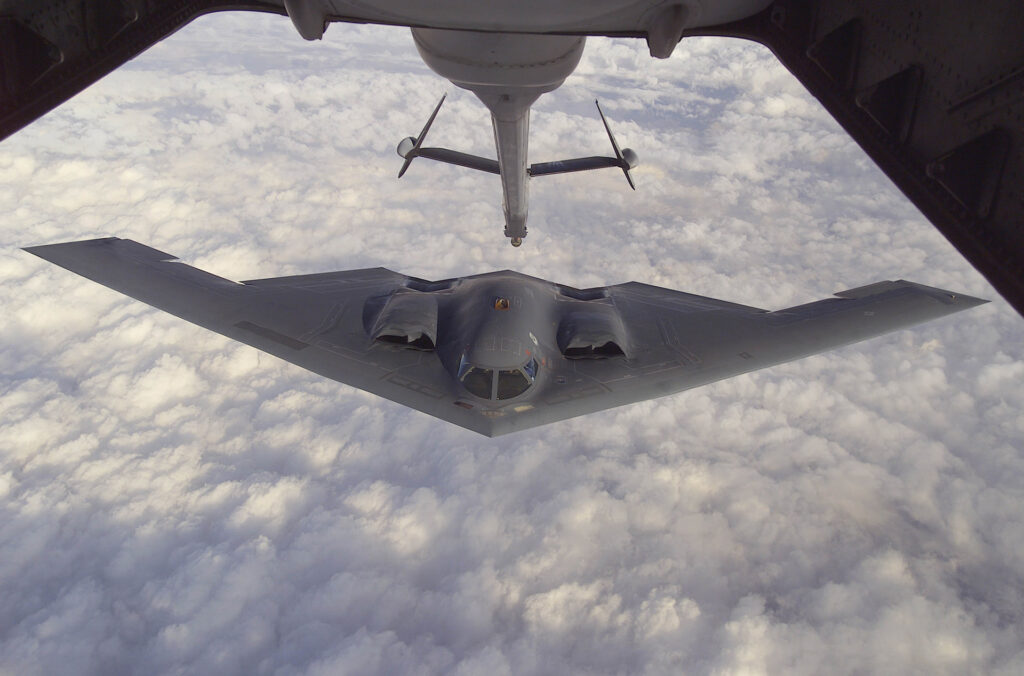
These sorts of long missions are not unfamiliar territory for B-2 crews: In fact, the B-2 Spirit holds the record for the longest bombing mission in history between Whiteman and a target area over Afghanistan and back, spanning a mind-numbing 44 hours of flight time.
“Your mind doesn’t know what to think at that point. You’re just awake,” explained Capt. Chris “Thunder” Beck, who flew long-duration missions in the B-52 before transitioning to the B-2.
The B-2 could feasibly cover most of a direct flight to Iran on a single tank of gas, with an unrefueled range of some 6,900 miles. Yet, while carrying a pair of 30,000-pound bunker busters, these aircraft would likely need to meet up with tankers every six hours or so as they traversed the globe.
Flying the direct route would take the aircraft over several friendly countries, but several not-so-friendly ones as well (like Russia), so chances are good the overall distance covered would be significantly greater than a straight shot to avoid that. Once the B-2s enter Iranian airspace, the route would become especially complex, as the aircraft would have to fly along pre-planned routes meant to avoid the most capable integrated air defense systems, taking care to manage not just their relative location, but their relative altitude and even the angle of the aircraft they present to long-range radar arrays. Every step of the flight would be meticulously planned to lean into the B-2’s low-observability to maximize their chances of success… and survival.

As the B-2s approach the heavily defended airspace around Natanz, they could feasibly deploy their massive bunker busters from as far out as two dozen miles, allowing the weapons’ forward momentum to carry them the remaining distance while the GPS-guidance controlled tail fins steered the bombs directly into a specific target location identified for offering the highest chances of success. Depending on the need, two B-2 Spirits could strike one specific point in the mountain complex with upwards of 120,000 pounds of bunker-busting power in rapid succession, laying waste to the underground facilities and sending any Iranian defenses not already on high alert into a frenzy.
From there, it would be an extremely stressful dash for the border, flying along a different but similarly meticulously planned route out of Iranian airspace before settling in for a long flight home or diverting toward friendly airstrips in Europe or Australia. The B-2 Spirit’s stealthy design and radar-absorbent skin would go a long way toward rounding off the sharper edges of Iranian air defenses, but enemy fighter intercepts would still be a significant concern.
Yet, despite the stress the pilots would endure, a look inside the cockpit might fool you into thinking there wasn’t much going on at all. Unlike the combat operations depicted in movies, a particularly well-planned stealth bomber mission (with the added benefit of a bit of luck) would play out a lot like a pretty boring road trip.
But for the Iranian troops and nuclear researchers who thought they were safe some 300 feet below the earth… it would be a very different story.
Editor’s Note: The graphic comparing America’s bunker-busting weapons has been upgraded to list the weight of the GBU-28 as 4,000 lbs. It had previously listed it as 5,000 lbs which is incorrect.
Read more from Sandboxx News
- GM Defense hopes influencers will drive its new sci-fi-looking tactical pickup
- These exotic weapons were used by the Navy SEALs in Vietnam
- Wonder-weapons of World War 2: The German viper and the American goblin
- Investigation into ‘preventable’ drowning deaths of two Navy SEALs sure to bring changes
- German commandos get an extremely progressive new handgun
Related Posts
Sandboxx News Merch
-

A-10 ‘Thunderbolt Power’ Framed Poster
$45.00 – $111.00 Select options This product has multiple variants. The options may be chosen on the product page -

‘Kinetic Diplomacy’ Coaster (1)
$7.00 Add to cart -

‘Sandboxx News’ Camo Trucker Hat
$29.00 Select options This product has multiple variants. The options may be chosen on the product page

Alex Hollings
Alex Hollings is a writer, dad, and Marine veteran.
Related to: Military Affairs

The A-12 Avenger II would’ve been America’s first real ‘stealth fighter’
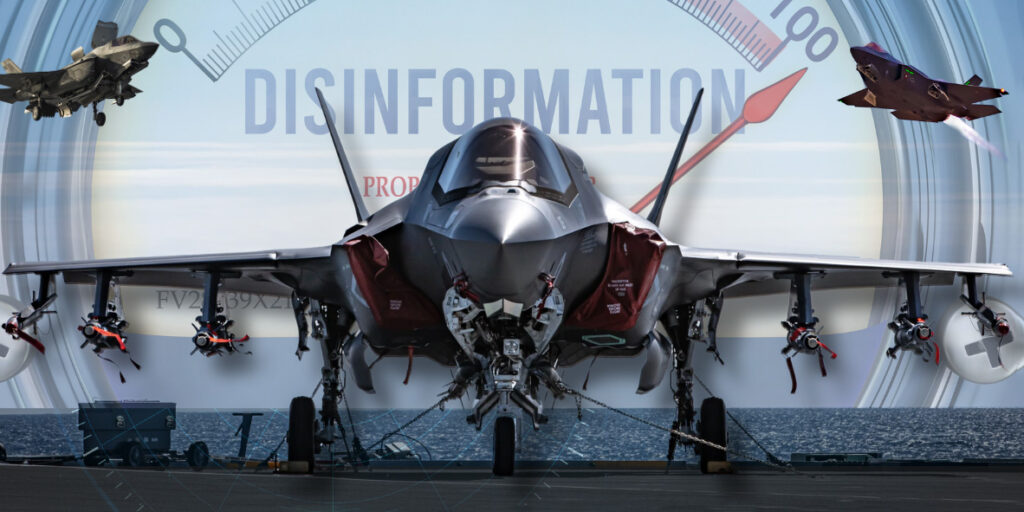
Why media coverage of the F-35 repeatedly misses the mark

It took more than stealth to make the F-117 Nighthawk a combat legend

The military aircraft America ‘almost’ bought iceberg
Sandboxx News
-

‘Sandboxx News’ Trucker Cap
$27.00 Select options This product has multiple variants. The options may be chosen on the product page -

‘AirPower’ Classic Hoodie
$46.00 – $48.00 Select options This product has multiple variants. The options may be chosen on the product page -

‘AirPower’ Golf Rope Hat
$31.00 Select options This product has multiple variants. The options may be chosen on the product page -

‘Sandboxx News’ Dad Hat
$27.00 Select options This product has multiple variants. The options may be chosen on the product page
